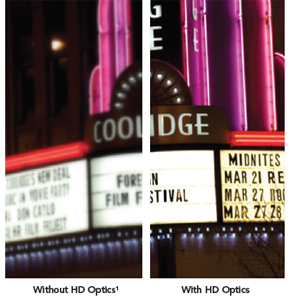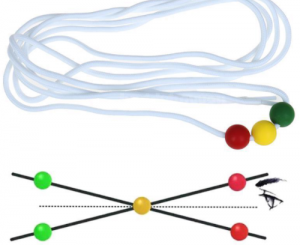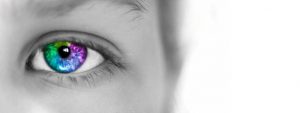Binocular vision problems can cause eye strain while using a digital device, and impact both academic and work performances.
If you suffer with headaches or eye strain while using a digital device, or your child is not performing to their potential at school, a binocular vision problem may be the underlying cause.
There are five common binocular vision problems that affect both children and adults. This article focuses on the four less common binocular vision problems.
It is important to be aware of the signs and symptoms of a binocular vision problem, since early diagnosis allows for the most effective treatment.
What is binocular vision and why is it important?
Binocular vision simply means using two eyes to see.
Binocular vision allows the brain to accurately process the visual images sent by both eyes to create a single image.
Binocular vision is also essential for 3D vision and accurate depth perception.
Unfortunately, children with undiagnosed binocular vision problems are often misdiagnosed with ADHD, dyslexia or learning difficulties.
If not treated early, vision problems can lead to life-long eye conditions, such as lazy eye or strabismus.
What are the symptoms of a binocular vision problem?
The most common symptoms of a binocular visual problem include:
- Double vision
- Eye strain
- Inaccurate depth perception
- Dizziness or imbalance
- Nausea
Four ‘less common’ binocular vision problems
1. Divergence excess
Divergence excess is a condition where one or both eyes look too far outward when observing an object at a distance.
When looking from near to far, the visual system needs to relax in order for the eyes to diverge in unison. This prevents double vision.
A person with divergence excess may report double vision, blurriness and difficulties with depth perception— all of which appear only when looking into the distance.
The affected eye may also be overly sensitive to light.
2. Divergence insufficiency
Divergence insufficiency is the opposite of divergence excess. Instead of the eyes moving too far out when they observe an object at distance, the eyes don’t move far out enough.
A person with divergence insufficiency may have double vision at a distance, which mainly occurs with severe exhaustion and fatigue.
Divergence insufficiency can also result in headaches, motion sickness and sensitivity to bright lights.
SEE RELATED: Binocular Vision Disorders: 6 Frequent Q&As
Schedule an appointment with an eye doctor near you who has experience in vision therapy – it might change your child’s life!
3. Visual-vestibular integration (VVI)
The visual and vestibular (balance) systems are closely linked to one another. This means that problems with one system can easily affect the other.
A binocular vision problem will likely cause dizziness and loss of balance.
This is especially true in situations that contain a high amount of visual stimulation and movement, such as when riding in a car or on a train, or sailing on a boat.
People with VVI may experience vertigo, dizziness, double vision or a sense that their visual field bounces or jiggles when their head moves.
These symptoms often appear when they move their head too quickly, but disappear when their head stops moving or moves more slowly.
4. Torsional diplopia
Your eye can move in a number of different ways: vertically, horizontally, and along an axis that runs through the center of the eye. This last one, which produces a kind of “twisting of the eye,” is called “torsional movement.”
Torsional diplopia is a condition in which the torsional axis of one eye does not line up with the other eye.
As a result, one eye is tilted or twisted in relation to the other, causing the images it sends back to the brain to also be tilted or twisted.
Torsional diplopia causes double vision (diplopia), since the images sent by each eye to the brain are seen at different angles, making it impossible for the brain to reconcile them.
What is the most effective treatment for binocular vision disorders?
Fortunately, effective treatments do exist for all of the above conditions.
Vision therapy is often the most effective way to correct binocular vision dysfunction.
Vision therapy is a doctor prescribed, evidence based treatment program.
Each therapeutic program is fully customized to the individual needs of the patient in order to strengthen the eye-brain connections and teach them to work together more efficiently.
LEARN MORE: Guide to Vision Therapy
Vision therapy might be the solution you have been searching for. Schedule an appointment with an eye doctor near you.
Vision therapy is an evidence-based regimen of in-office and at-home eye exercises that train the eyes and brain to work together more efficiently.
Vision therapy exercises, along with specific visual aids and computer games, can help reduce or even eliminate eye strain, headaches, double vision, dizziness and other symptoms caused by binocular vision problems.









